The threat of COVID-19 spurred innovation at unprecedented rates. Moderna and Pfizer’s RNA vaccines were approved in about a year. The impact? Hundreds of thousands of saved lives.
Similar innovations have been occurring in agricultural research — albeit much more slowly. For the last 10 years, a niche group of plant scientists has worked towards a similar goal: delivering RNA into cells to temporarily shift their activity. Although the impacts on human health aren’t as obvious, these technologies could enhance nutrition, protect the environment and decrease the cost of food.
But without a threat like a global pandemic, will RNA-based plant applications ever reach the field? Funding for plant research is hard to come by, and biotech innovations in agriculture face steep regulatory obstacles. Still, a recent study from Kyoto University made strides towards field-ready RNA-based technologies. Scientists in the space are hopeful that, like the vaccines, this approach will follow an accelerated path towards approval.
Why RNA?
The COVID-19 RNA vaccines are essentially RNA packaged into lipid (fat) nanoparticles. When the RNA is delivered into cells, it’s transcribed into a bit of viral protein that our immune system can recognize. That recognition mounts a response that protects us from future infections.
RNA tells cells what proteins to make. RNA can also tell cells to stop making certain proteins in a process known as RNA interference (RNAi).
While plants do not have an adaptive immune system like animals, they can still recognize, “remember” and respond to threats. In 2019, researchers from the Institute of Biochemistry and Biotechnology in Germany demonstrated that RNA introduced into plants protected those plants from viruses via RNAi.
In a related approach, a USDA-led group of scientists discovered that RNA delivered into plant vasculature (veins) could combat the pest that spreads citrus-greening disease. Citrus greening has made recent headlines for driving rising orange juice prices. Florida is projected to produce 1.5 million fewer boxes of oranges this year as groves are decimated by the disease.
While most studies introducing RNA into plants have focused on defense against insects, bacteria, fungi, or viruses, the same approach could apply to all sorts of traits. For instance, drought tolerance is tricky, because drought-resistant plants yield less than drought-sensitive plants when it rains. Imagine using RNA to stimulate drought-response genes only when it’s dry.
Many of the traits that plant scientists have experimented with through genetic engineering could be controlled by RNA/RNAi instead. This includes genes important for food spoilage, herbicide resistance, medicinal/nutritional compounds and pest/disease resistance. But first, there are a few technical challenges to overcome.
The RNA delivery challenge
Part of what is so amazing about the RNA-based COVID-19 vaccines is that they work at all. RNA is incredibly unstable. There are a host of enzymes called RNAses waiting to chew RNA up.
One of the most important innovations of RNA-based vaccines is their delivery system. Lipid nanoparticles, which were developed primarily for delivery of cancer drugs, were adapted for RNA.
Injecting individual humans with RNA-containing lipid nanoparticles is a logistical challenge, but not impossible, even at the scale of the global population. Injecting individual plants with RNA would be ridiculous, even on the scale of a personal garden, let alone the global food supply.
Hence the main technical challenge of using RNA in agriculture: how do we deliver RNA into plant cells at a scale that is practical and cost-effective?
It turns out the solution is quite elegant. In a study published this month, researchers from the University of Kyoto, developed a topical spray containing RNA that altered gene activity in tomatoes by more than 80 percent.
Instead of lipid nano particles, they used vessels composed of peptides, or small proteins. This is important, because the spray must include a surfactant—like soap—to get through the waxy surface of plant leaves. Surfactants would likely destroy lipid nanoparticles.
This was not the first time a spray-on application was used to deliver RNA into plant cells. What was important about this work is that they also activated RNAi in chloroplasts.
Chloroplasts contain their own tiny genome. And the chloroplast houses the major pathways for isoprenoid production. There are ~50,000 different plant isoprenoids and their importance ranges from medicinal (THC and Taxol) to industrial (rubber and dyes) to sensual (flavor and fragrances). Manipulation of isoprenoids and other important metabolic processes via RNAi must happen in the chloroplast.
What’s more, it was previously unclear whether or not RNAi even occurs in plastids. A very recent study detected RNAi in human mitochondria (also a genome-containing organelle), but the jury was still out on plants.
The potential for RNA-based plant manipulation is clear. And great strides have been made towards overcoming technical challenges in the last 10 years. But when these innovations are field-ready, how will they be regulated?
Regulation of RNA applications
Assuming you received the COVID-19 vaccine, I doubt you consider yourself a genetically modified human. Likewise, the currently regulatory structure would not consider a plant sprayed with RNA a genetically modified organism (GMO).
The regulations around what is and is not a GMO are oddly specific. For instance, a plant variety that was created by treating its ancestors with mutation-inducing radiation or chemicals is not considered genetically modified, even though it will contain many known and unknown mutations. Conversely, if a gene from one varietal of tomato is inserted into another, that tomato is considered GMO, even if the genetic change could have occurred naturally via breeding.
Remember the scientists combatting citrus greening with RNAi? There are already genetically modified orange trees that resists citrus greening, but approval could take another 10 years, and citrus greening has already been wreaking havoc for almost that long.
The researchers behind the citrus greening and other RNAi projects are hopeful that this technology, once the delivery is perfected, could be employed quickly to adapt to rising threats at a pace similar to that of the COVID-19 response. If they are right, RNAi may just be the beginning. There is reason to believe that CRISPR-based systems could be delivered similarly, opening the door for a host of temporary/targeted genetic alterations.
By Jenna Gallegos
O artigo foi publicado originalmente em Cornell Alliance for Science.





















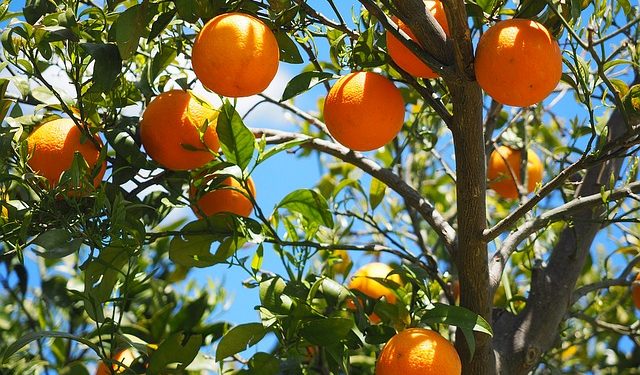
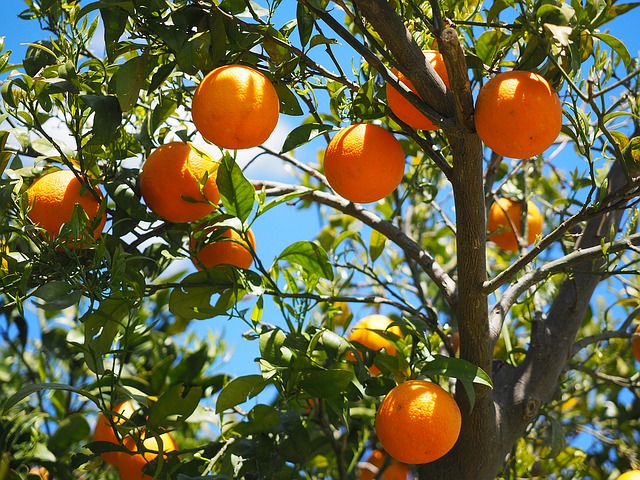

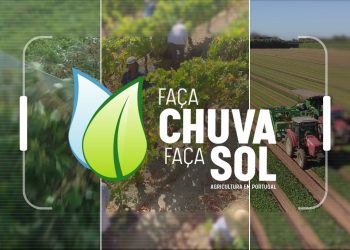
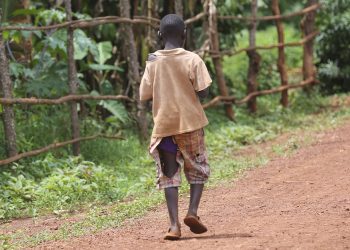

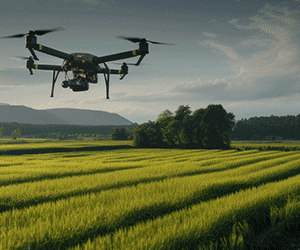












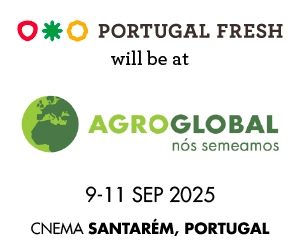



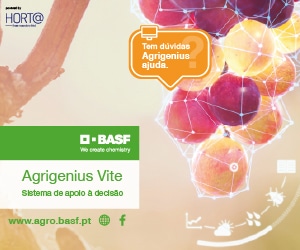
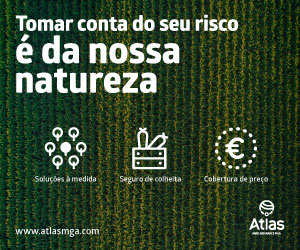






Discussão sobre este post